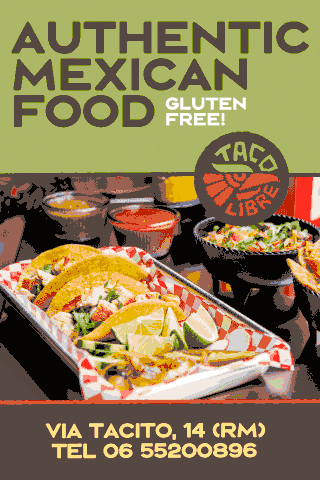US newspaper suggested adding tomatoes to carbonara.
A recipe inviting people to add cherry tomatoes to carbonara has caused an outcry, particularly among Italians, after it was published in The New York Times.
The newspaper's cooking contributor Kay Chun suggested that tomatoes would “lend a bright tang" to the classic dish, a staple of Italian cuisine.
The backlash on social media was instant and severe. From insults and outright horror to suggestions that it was an attempt at amatriciana instead of carbonara, The New York Times created quite a stir on Twitter.
"U just landed on mars...but u cant understand such a simple recipe," wrote one Italian, another said: "This is the worst thing to happen to Italy since Super Mario tennis."
Tomatoes might not be traditional in carbonara, but they lend a bright tang to this dish. https://t.co/MvyTzcNIMH
— The New York Times (@nytimes) February 18, 2021
The expression “If my grandmother had wheels, she would be a bicycle” appeared more than once, with one Twitter user even suggesting that the UN should get involved.
“Great, even The New York Times recipe section is trolling us now,” commented another Italian.
Chun's recipe is the latest take on the classic dish to horrify Italians, after Gordon Ramsay created what he hailed as the "most amazing carbonara" last year.
Too bad that in Italy the terms "yellow soup", "joke" and "disgusting mess" were used to describe the dish presented by the British celebrity chef.
Earlier this month the American television personality Martha Stewart caused similar distress by adding garlic, cream and parsley to her carbonara.
But what are the origins of the classic dish which can be found in Italian restaurants all over the world? The answer is slightly hazy.
To some, the name suggests a connection to the coal-workers, or carbonari, of the Lazio and Abruzzo regions, with the black pepper used to season the dish thought to resemble coal dust.
This would indicate that the carbonara was first created in the mid-19th century.
However another theory suggests that the dish arrived in Rome during world war two when American troops brought their army rations of bacon and eggs to the Italian capital.
Whatever the origins of the much-loved carbonara, the concoction proposed by the New York Times has certainly hit a nerve in Rome and among the Italian community around the world.
Photo The New York Times

















